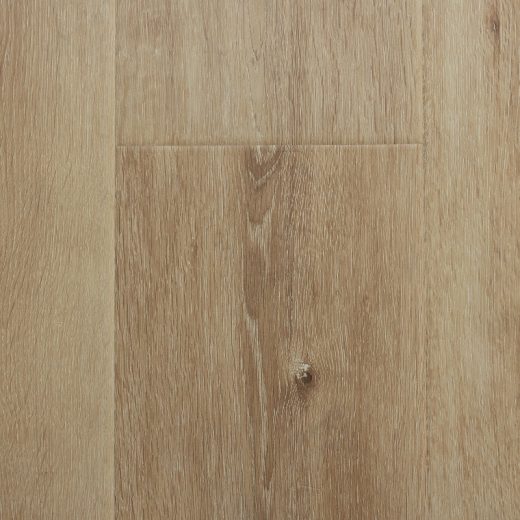However, if the additional cost creates an unfavorable situation for a stakeholder, the process incurring the cost should be investigated. Remember that the casualty and theft losses definition owners of a company, including shareholders, are also stakeholders. Businesses will put quality standards into practice to ensure that quality matches expectations, that quality is “fit for purpose,” and for overall customer satisfaction. Indirectly, quality standards can also satisfy other customer requirements, including safety and reliability, regulation compliance, controlling internal processes, and being on par with environmental standards.
An accounting standard is a common set of principles, standards, and procedures that define the basis of financial accounting policies and practices. Quality management methods include quality assurance (QA) and quality control (QC). Despite similarities, they use different methods to improve your company’s output. Elevate your business with an in-depth guide on quality management processes, including key components, principles, and improvement methods for long-term success.
Direct labor rate variance
- Follow this guide to discover components within quality standards, examples, and principles.
- For example, if a cost variance is due to an additional cost to make a product eco-friendly, then an organization may determine that incurring the cost is a benefit to its stakeholders.
- Businesses will put quality standards into practice to ensure that quality matches expectations, that quality is “fit for purpose,” and for overall customer satisfaction.
- Therefore, the total variance for direct materials is separated into the direct materials quantity variance and the direct materials price variance.
- Any industry that produces goods or services can take advantage of quality standards offered through quality management systems.
- The variable manufacturing overhead variances for NoTuggins are presented in Exhibit 8-10.
The ISO sets quality control standards for manufacturing companies to adhere to so that they can maintain compliance with industry standards and regulatory requirements. Under ISO 9000 is ISO 9001, which sets out detailed requirements for establishing a QMS that specifically suits their industry needs. Thus, to ensure and maintain good manufacturing practices, a set of manufacturing quality standards must be established and followed for the purpose of uniformity across the entire manufacturing process.
During the period, Brad projected he should pay $112,500 for variable manufacturing overhead to produce 150,000 units. Once the top section is complete, the amounts from the top section can be plugged into the formulas to compute the variable manufacturing overhead efficiency (quantity) and rate (price) variances. All standard cost variances are computed using the actual production quantity.
As demonstrated in this chapter, standard costs and variance analysis are tools used to project manufacturing product costs and evaluate production performance. Standard costs variance analysis is used to determine the variances between the standard amounts projected for manufacturing costs and the actual amounts incurred. Any variance between the standard amounts allowed and actual amounts incurred should be investigated. It may have purchased the wrong grade of material or hired employees with more or less experience than required. For example, purchasing substandard materials may lead to using more time to make the product and may produce more scrap. The substandard material may have been more difficult to work with or had more defects than the proper grade material.
Practice Video Problem 8-2: Computing direct labor variances LO3
AQL (Acceptable Quality Limit) Sampling is a method widely used to define a production order sample to determine if the entire product order has met the client’s specifications. Based on the sampling data, AQL standard can help the customer make an informed decision to accept or reject the lot. Both the GMP and GLP are enforced by the US Food and Drug Administration (FDA). Overcoming these challenges requires a strategic approach, commitment from top management, and a culture that prioritizes quality throughout the organization. Standard costs are cost targets used to make financial projections and evaluate performance. Your inspection report will clearly state whether your production has passed or failed your selected Acceptable Quality Tolerance level.
Module 3: Standard Cost Systems
The overall rate variance is favorable since the actual rate incurred was lower than the standard rate allowed. Brad spent $9,000 more on variable manufacturing overhead than he projected. As mentioned previously, standard rates and quantities are established for variable manufacturing overhead.
During the period, 45,000 direct labor hours were actually worked and actual variable manufacturing overhead of $121,500 was incurred. Knowing that variable manufacturing costs were $181,500 over budget is helpful, but it doesn’t isolate the production issue or issues. Therefore, the next step is to individually analyze each component of variable manufacturing costs. The total variable manufacturing costs variance is separated into direct materials variances, direct labor variances, and variable manufacturing overhead variances. Each of these variances are discussed in detail in the following sections. The total variances can be calculated in the last line of the top section of the template by subtracting the actual amounts from the standard amounts.
A consulting firm was hired to develop the standards and the format for the variance computation. One standard in particular that the consulting firm developed seemed too excessive to plant management. The consulting firm’s standard was production of 100 gallons of ice cream every 45 minutes.
Locate Row L (this is the required sample size of 200) Complying with AQL 2.5, no more than 10 units from that sample size can fail the inspection. Our experts will help guide you to ensure that you understand payroll tax wage bases and limits choose the inspection level and AQL values that best suit your needs. In performing sampling inspection, QIMA inspectors follow the ISO 2859 standard and the tables provided by it. This document, published by the International Organization for Standardization (ISO), is an international standard with equivalents in all national regulations (ANSI/ASQC Z1.4, NF06-022, BS 6001, DIN 40080).
The standard quantity allowed of 630,000 feet is subtracted from the actual quantity purchased and used of 600,000 feet, yielding a variance of 30,000 feet. Variances are favorable if the standard amount is more than the actual amount. When using the template format presented in this chapter, positive variances are favorable and negative variances are unfavorable. In the NoTuggins example, the total standard direct materials allowed was 630,000 feet. However, they were able to produce the 150,000 units using less material, which is favorable. If the actual amount exceeds the standard amount, the variance is unfavorable (U) indicating they used or paid more than the standard amount, which is unfavorable.
Accounting standards have also been established by the Governmental Accounting Standards Board for accounting principles for all state and local governments. Any product or service that’s free from any manufacturing defect, deficiency, or process variation is considered of good quality. This is achieved through the holistic process of quality assurance and quality control. The direct labor variances for NoTuggins are presented in Exhibit 8-7 below.










